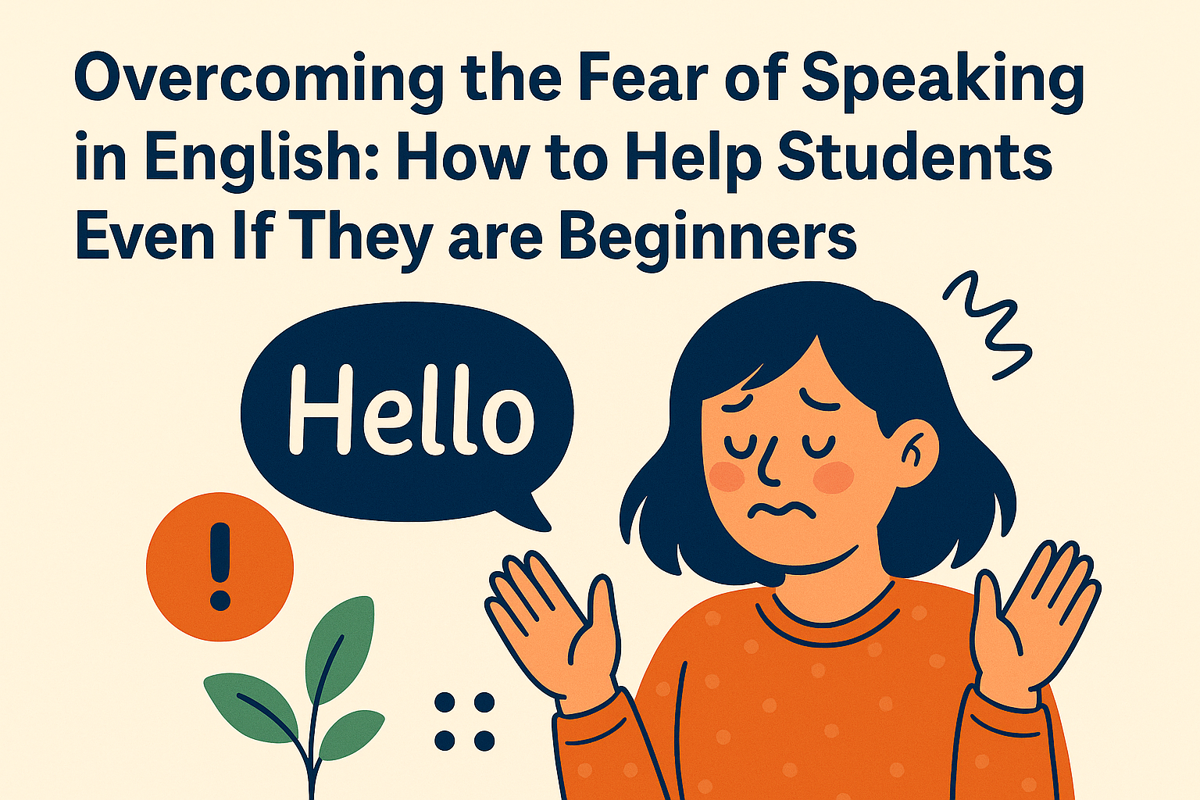Have you ever taught in a class where every student feels comfortable speaking in English?
I dare say that in a beginner’s classroom we will never find a group in which all students feel 100% comfortable speaking aloud in a foreign language. This is normal, when we are learning something new, we do not feel confident in what we are doing, and each personality handles the challenge differently.
However, it is important that we can provide strategies for our students to feel comfortable speaking English both inside and outside the classroom.
As usual, the time in class is not always enough, for that reason there are some tools and activities students can add to their daily routine to build their confidence, such as:
• Talking to Themselves: in our home, when we are making the laundry, taking a shower, or making the bed; we can talk in English about anything. The idea is to get used to our voices in another language.

• Record Voice Notes in English: learners can use their phones to record themselves talking in English, they can talk about a topic they are interested in or answers questions about personal topics, such as how do you see yourself in 5 years?

• Read Aloud: reading may take more time and intention, but it is a helpful strategy to increase vocabulary and get used to listening to your own voice in another language. This also can help our students to improve their fluency. The key here is to start with sentences and increase the length of the text.

• Join to an English Club: This strategy can greatly improve student progress because it provides a space where students can use English without feeling observed or graded. In other words, it is a place where students can learn without worrying about perfect grammar. The challenge of this strategy is finding a nearby club.

To sum up, the goal is to remind our students that their English voice already exists, they just need the confidence to let it out. As teachers, we must acknowledge that speaking in a foreign language can be intimidating, especially for beginners. That’s why it is essential to create a supportive environment and offer practical tools they can use beyond the classroom. Simple actions like talking to themselves in English, recording voice notes, reading aloud, or joining an English club can gradually build their confidence and fluency. We may not always have enough time in class, but by encouraging small, consistent habits, we empower our students to take ownership of their learning journey.
Recommended2 dieron "Me gusta"Publicado en Docente, Educación, Idiomas


















Comentarios